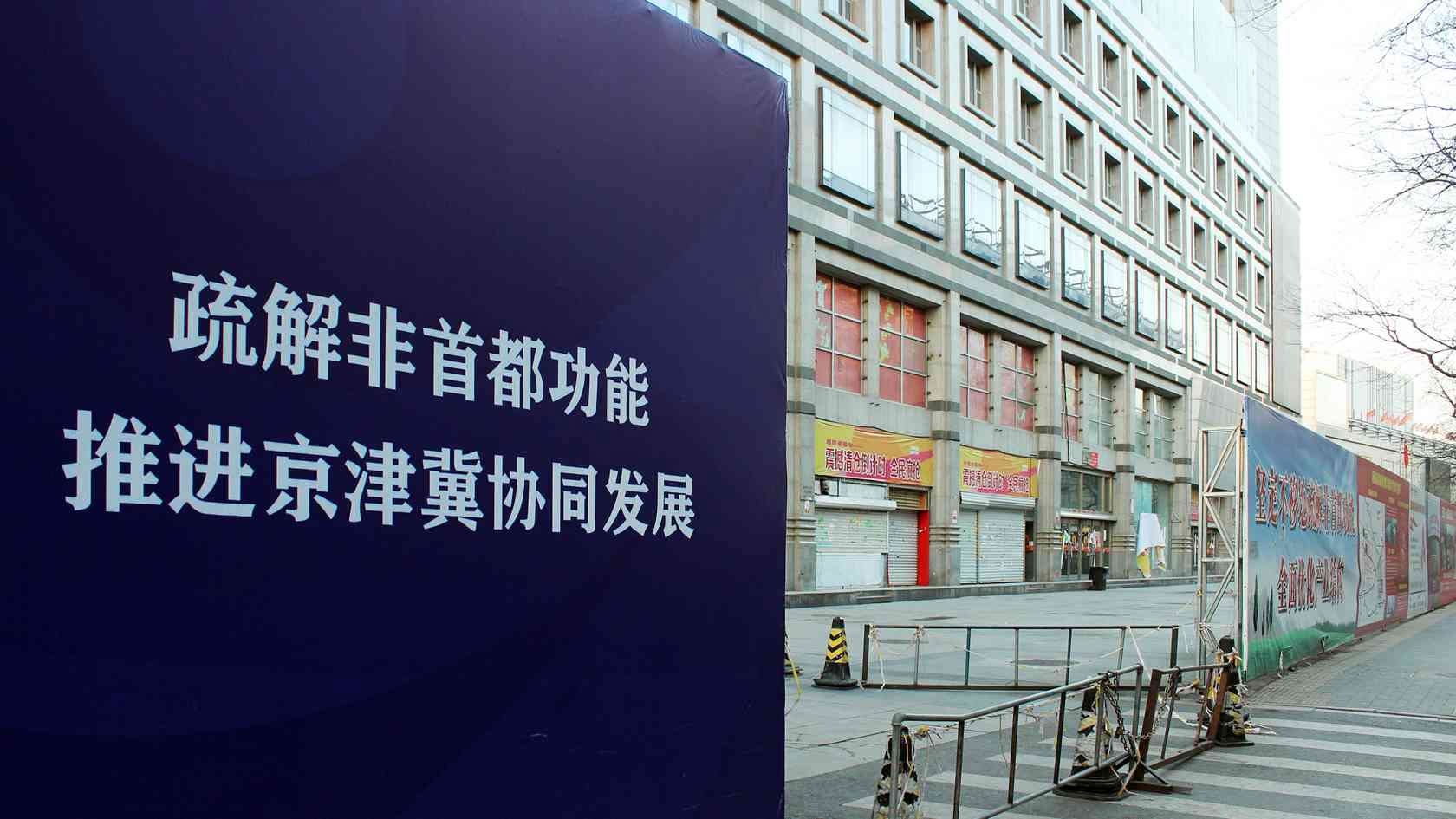
Business
22:13, 26-Feb-2018
Expert: Beijing-Tianjin-Hebei integration will lead to growth
By CGTN’s Gao Songya and Wang Yue

Beijing, Tianjin and Hebei – the three growth engines in north China – have sped up their coordination process in the past four years. As part of this development, the Xiongan New Area hopes to be the “fulcrum” of solution options to the problems of imbalanced development in China.
Chinese President Xi Jinping called for Beijing's better integration with its neighbors – Tianjin municipality and Hebei Province – on February 26, 2014. The four years since then have seen efforts in transportation, environmental protection and industrial upgrade.

Improving the transportation network is the most important step in connecting the three regions. The Beijing-Tianjin-Heibei railway network will be completed by 2030. And the government has also set up a 100-billion-yuan fund to build railways between cities.
Wang Jianhui, general manager of the R&D department at Capital Securities anticipates the regional economy growing in a more efficient way thanks to the integration.
Wang outlined three ways integration can help regional growth: reducing the cost of living, decreasing the commute time, aligning the workplace with HR.
Meanwhile, the Xiongan New Area has been busy with infrastructure planning and construction, preparing to take over the non-capital functions of Beijing in the future.

SITEMAP
Copyright © 2018 CGTN. Beijing ICP prepared NO.16065310-3
Copyright © 2018 CGTN. Beijing ICP prepared NO.16065310-3